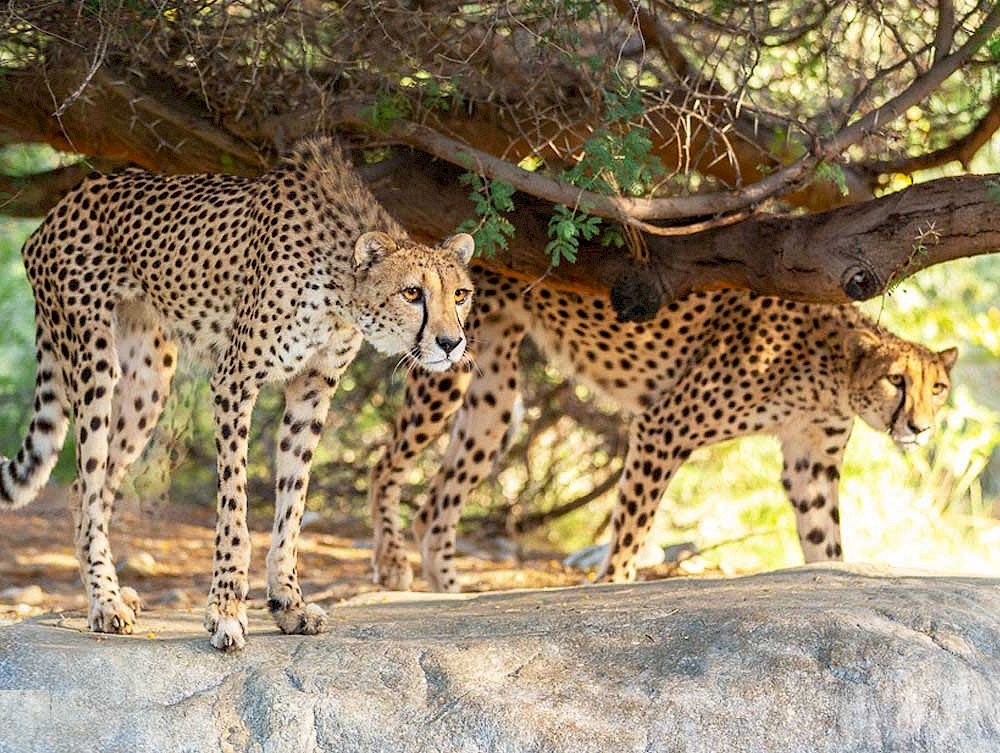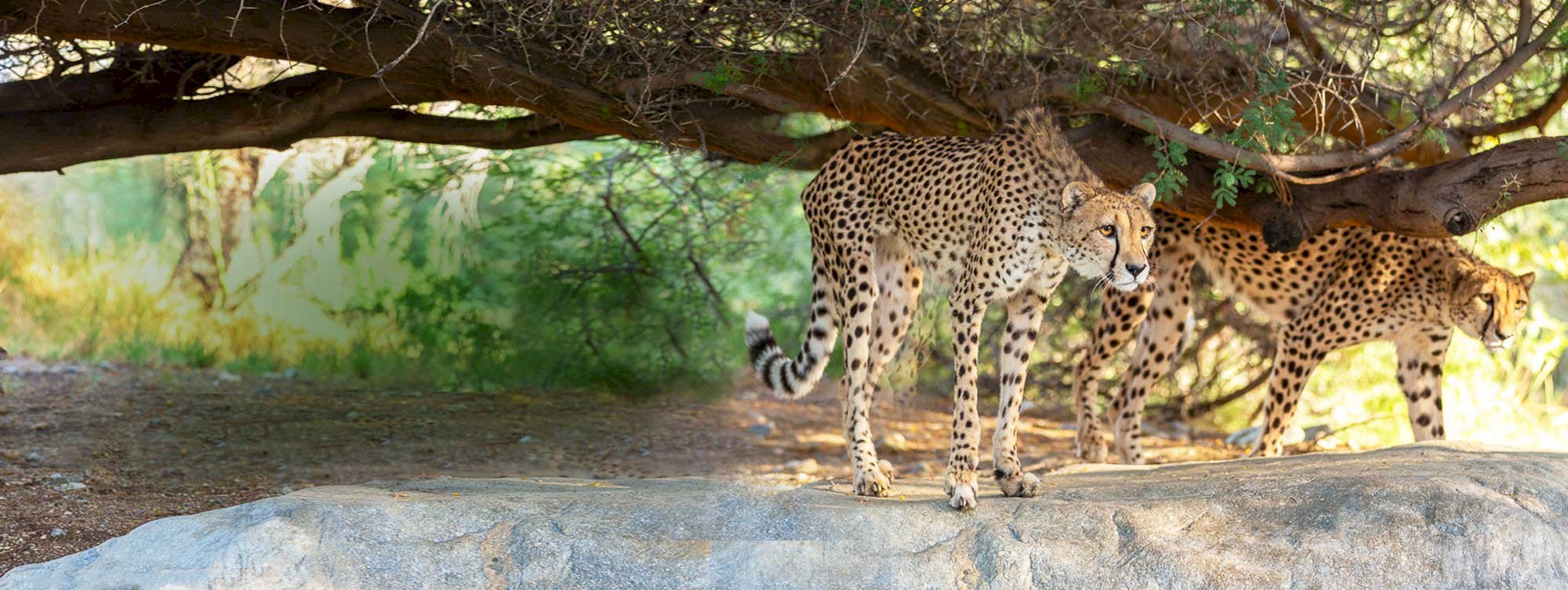Saving Coachella Valley Species
March 8, 2021
Visiting a zoo can be a great way to connect with nature, but did you know that when you visit a facility accredited by the Association of Zoos and Aquariums - and of course The Living Desert in particular - you're also directly supporting conservation initiatives? I recently gave a talk through our partners at the Rancho Mirage Library and Observatory entitled “Stewarding The Desert: Why Going to a Zoo Supports the Conservation of Coachella Valley Desert Species.” During this talk , I discussed several of our conservation projects in the Coachella Valley. I explored the diversity of community based and biologically based actions we do with our partners to conserve desert tortoise and desert pupfish in Southern California.
We have a wonderful relationship with the Rancho Mirage Library and Observatory (RMLO), one of the best libraries of which I have ever been a member. The RMLO has been partnering with TLD for the last 2 years to offer some really excellent conservation talks, including all of the ones that we link to in this email! As long term partners with TLD, RMLO will host more of our presentations in the future. Take some time to watch my most recent talk, as well as some of the excellent older talks that we have co-hosted with the wonderful RMLO.
Did You Know...
1. The Living Desert is a leading partner in the conservation of six species in the Coachella Valley including desert tortoises, desert pupfish, Casey’s June Beetle, both the Peninsular and Sonoran Pronghorn, and Western pond turtles - and that we partner with almost three dozen local, state, and federal partners!
2. Desert tortoises are the state reptile of California, and are also threatened across the entire Southwestern US. In addition to habitat loss due to buildings and climate change, predation by ravens is a leading cause for their decline. Ravens feed on trash, their populations dramatically increase with this food subsidy (as high as 17,000% percent over natural levels!), and they prey on everything else in the desert smaller than them, including young desert tortoises. Go to www.coveryourtrash.org and find out more about what you can do to help reduce the raven threat to desert species.
3. The only two natural populations of desert pupfish that exist anywhere in the world are two tributaries to the Salton Sea, Salt Creek and San Felipe Creek. The species has died out in most of their natural range in Arizona and California, but some new populations have been created by novel introductions of pupfish to those streams in Arizona. The Living Desert has helped pupfish by having multiple refuge ponds for almost 50 years now. In these ponds, we have been breeding individuals to help rescue dwindling populations in the wild around the Salton Sea.









